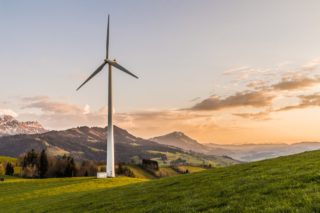-
IEA expects 95% of additional power generation capacity to 2026 will be renewable, but projects that rollout will need to be even faster to meet climate goals
Date posted:
-
-
-
Post Author
Patrick LaveryCombustion Industry News Editor
-
-
![]()
Deployment of renewable power generation technology will account for an astonishing 95% of the total global increase to 2026, the International Energy Agency has predicted. With this rollout, the sum of renewables capacity will increase by 60%, to a level of 4,800GW by 2026, a similar capacity to the current installed amount of fossil fuel and nuclear power generation. (Due to capacity factors, however, which are typically 2.5-4 times larger for fossil fuel and nuclear power generation, renewables will remain by far a minority power producer.) Absolute increases in renewable capacity in China and the European Union will be particularly sharp, but marked increases will also come in the USA and India. There are concerns, however. Commodity price increases over the past two years are making renewables more expensive to deploy, and to meet net-zero targets, the IEA estimates that the expansion of renewables must be 80% faster than what it currently projects will occur. To illustrate rising prices, the IEA notes that for solar photovoltaics, prices for PV-grade polysilicon have more than quadrupled, steel has increased by 50%, aluminium by 80%, copper by 60%, and freight fees have risen six-fold, and a similar scenario is affecting wind power, making overall prices increase by around 25%. (With gas and coal prices also rising, the relative increase between power generation types has not been much affected.) Demand for biofuels is set to increase by 28% to 2026, reaching 186 billion litres, while policy momentum for green hydrogen is also stimulating growth of renewables capacity. From a tiny base of 0.3GW of installed electrolyser capacity in 2020, the IEA projects that there will be something like 17.3GW by 2026, a 58-fold increase. The IEA’s report also notes that, apart from power generation, heat from renewables is an area in which demand could be stimulated. It’s fair to say that the power generation sector in 2026 will be considerably different to 2021.

